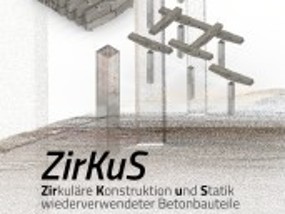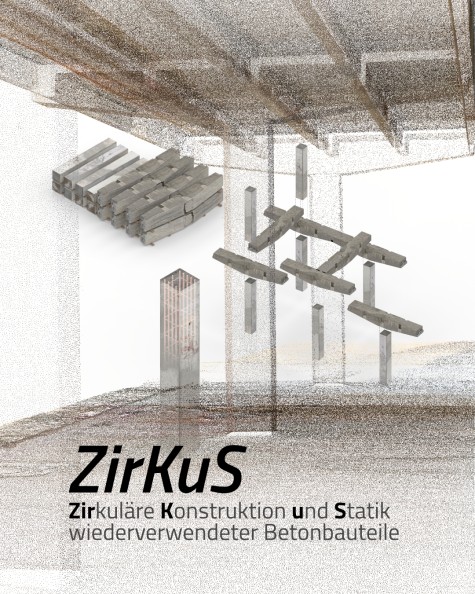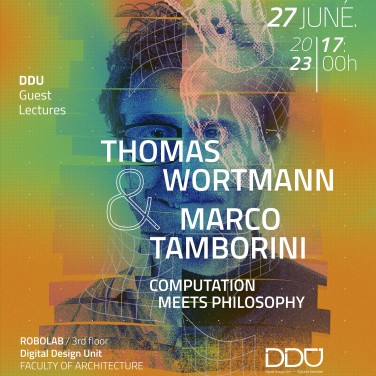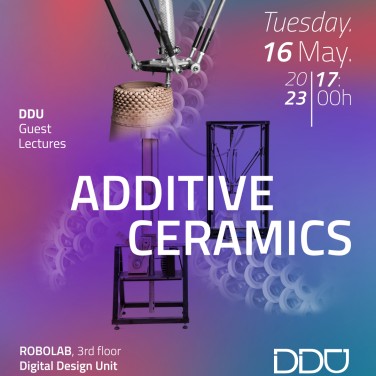-
![]()
![]()
ZirKuS project start
2025/11/12
DDU kicks off new research project „ZirKuS“, funded by DBU
-
![Liberale Synagoge in der Friedrichstrasse in Darmstadt.]() Picture: Technische Universität Darmstadt, Fachgebiet Digitales Gestalten
Picture: Technische Universität Darmstadt, Fachgebiet Digitales Gestalten![Liberale Synagoge in der Friedrichstrasse in Darmstadt.]() Picture: Technische Universität Darmstadt, Fachgebiet Digitales Gestalten
Picture: Technische Universität Darmstadt, Fachgebiet Digitales GestaltenDigitally reconstructed synagogues as places of remembrance
2025/11/11
Website shows more than 40 destroyed Jewish places of worship – launch on November 9
Destroyed synagogues in their former beauty: From November 9, more than 40 Jewish places of worship can be explored and admired virtually at https://virtuelle-synagogen.de. The new website provides the first overview of synagogue reconstructions that have been created over more than 30 years at the Department of Architecture at TU Darmstadt. Images, films, and panoramas of the virtual models are available, as well as information about the former synagogues. The focus is on Jewish places of worship that were destroyed by the Nazis in 1938.
-
![]()
![]()
BE-AM 2025
2025/10/16
Join this year’s BE-AM | Built Environment Additive – Manufacturing Symposium and Exhibition at the Formnext 2025.
-
![]()
![]()
Talk Oliver Tessmann – Plan A Networks
2025/10/16
On October 16, 2025, Oliver Tessmann will speak at plan A Networks about the most important areas of research related to generative AI and machine learning.
-
![]()
![]()
Welcome Isabelle Gogolok
2025/10/01
DDU welcomes Isabelle Gogolok as a new research assistant. Her work focuses on the digital reconstruction and visualization of destroyed synagogues in Hesse. Isabelle completed her Master of Science in Architecture at TU Darmstadt in 2025. During her studies, she developed a passion for digital tools for parametric design, 3D modeling, and visualization in the form of renderings. She gained practical research experience as a student assistant at DDU, among other places.
-
![]()
![]()
DDU presents new reconstruction of the Eberstadt synagogue
2025/09/19
F.A.Z published an article
A model of the synagogue destroyed in 1938 was presented at a memorial event in Darmstadt-Eberstadt. It was based on a digital reconstruction created as part of a research project led by Marc Grellert at Darmstadt Technical University. The stainless steel model not only reveals the exterior of the synagogue to the viewer, but also provides a glimpse of the interior. From 2027, it will be on display in the renovated Eberstadt town hall. Further information can be found in the article published in the F.A.Z.
-
![]()
![]()
Endless Fungi – Mycelium Composites: Bridging Architecture and Agriculture with Bio-Modules for Sustainable Design
2025/09/14
Masterthesis SS25: Jiaxian Peng
This project proposes a closed‐loop system that integrates mushroom farming with temporary mycelium-based architecture. Wood-decay fungi such as oyster (Pleurotus ostreatus) and lingzhi/reishi (Ganoderma spp.) serve dual roles: their fruiting bodies are harvested for food or medicine, while the residual mycelium is grown within reusable 3D-printed or modular formwork to create construction blocks. After mushroom harvest, these mycelium blocks are dried and repurposed as structural elements—arches, columns, walls—enabled by a novel topologically interlocking geometry. The module design relies on a series of rotations and mirrorings that yield symmetric shapes with only two unique surface types, allowing six interlocking mold pieces to be fabricated. Two assembly strategies enhance structural performance: a post-tensioned system that uses elastic cords to compress blocks—and thus boost friction without damaging the material—and a bamboo-reinforced approach that exploits bamboo’s rapid renewability and mycelium’s geometric malleability to compensate for its tensile and shear weaknesses. Looking forward, automation could manage suspended cultivation units, continuously producing mushrooms and mycelium bricks. Community kits and shared pavilions would enable household-level growing and temporary construction, while open-source molds allow global DIY participation. A signature “Mushroom Pavilion” illustrates the concept: a solar-powered, rainwater-harvesting community hub whose facade comprises biodegradable mycelium bricks within a bamboo frame. As exterior blocks biodegrade, they can be replaced seamlessly, embodying a regenerative agricultural-architectural ecosystem that educates and empowers users while minimizing waste.
Digital Design Unit
News and Events
News and Events




































